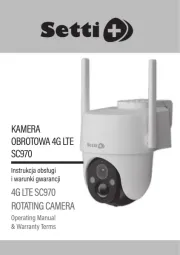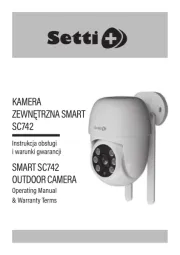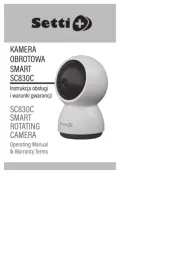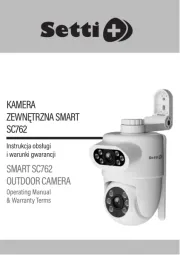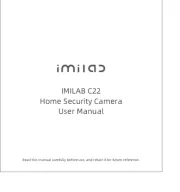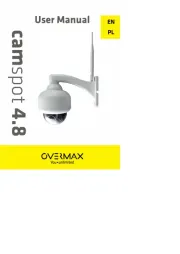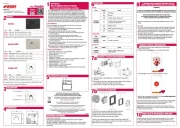Nikon Coolpix L4 Manual
Læs gratis den danske manual til Nikon Coolpix L4 (112 sider) i kategorien Kamera. Denne vejledning er vurderet som hjælpsom af 11 personer og har en gennemsnitlig bedømmelse på 4.9 stjerner ud af 6 anmeldelser.
Har du et spørgsmål om Nikon Coolpix L4, eller vil du spørge andre brugere om produktet?

Produkt Specifikationer
| Mærke: | Nikon |
| Kategori: | Kamera |
| Model: | Coolpix L4 |
| Bredde: | 86.5 mm |
| Dybde: | 34.5 mm |
| Højde: | 60.5 mm |
| Vægt: | 115 g |
| Produktfarve: | Sølv |
| Skærm diagonal: | 2 " |
| Kompatible hukommelseskort: | SD |
| Skærm: | LCD |
| Intern hukommelse: | 10 MB |
| Videooptagelse: | Ja |
| Indbygget mikrofon: | Ja |
| PictBridge: | Ja |
| Videofunktion: | Ja |
| Kompatible operativsystemer: | Windows |
| Hvidbalance: | Automatisk |
| Scenetilstande: | Backlight, Beach, Close-up (macro), Dawn, Dusk, Fireworks, Museum, Night landscape, Night portrait, Panorama, Party (indoor), Portrait, Snow, Sports, Sunset, Landscape (scenery) |
| Fotoeffekter: | Sort & hvid |
| Selvudløserens forsinkelse: | 10 sek./side |
| Kameraafspilning: | movie, single image |
| Skærmopløsning (numerisk): | 115000 pixel |
| Flashtilstande: | Auto, Flash off, Red-eye reduction, Slow synchronization |
| Flash rækkevidde (bredt): | 0.4 - 3 m |
| Flash rækkevidde (tele): | 0.4 - 1.7 m |
| Megapixel: | 4 MP |
| Kameratype: | Kompakt kamera |
| Billedstabilisator: | Ingen |
| Billede sensor størrelse: | - " |
| Maksimal videoopløsning: | 640 x 480 pixel |
| Bevægelse JPEG-billedhastighed: | 15 fps |
| Optisk zoom: | 3 x |
| Digital zoom: | 4 x |
| Autofokus (AF) tilstande: | Autofokus enkelt |
| Grænseflade: | USB |
| Brændviddeområde: | 6.3 - 18.9 mm |
| Indbygget flash: | Ja |
| Digital SLR: | Ingen |
| Kameraets lukkerhastighed: | - sek./side |
| Blændeområde (F-F): | 2.8 - 4.9 |
| Brændvidde (svarende til 35 mm film): | 38 - 114 mm |
Har du brug for hjælp?
Hvis du har brug for hjælp til Nikon Coolpix L4 stil et spørgsmål nedenfor, og andre brugere vil svare dig
Kamera Nikon Manualer










Kamera Manualer
- Exakta
- Daewoo
- Fantasea Line
- AVerMedia
- Grundig
- HP
- Vtech
- Agfa
- Powerfix
- General Electric
- Kyocera
- Xiaomi
- Speco Technologies
- PTZ Optics
- Konica-Minolta
Nyeste Kamera Manualer
